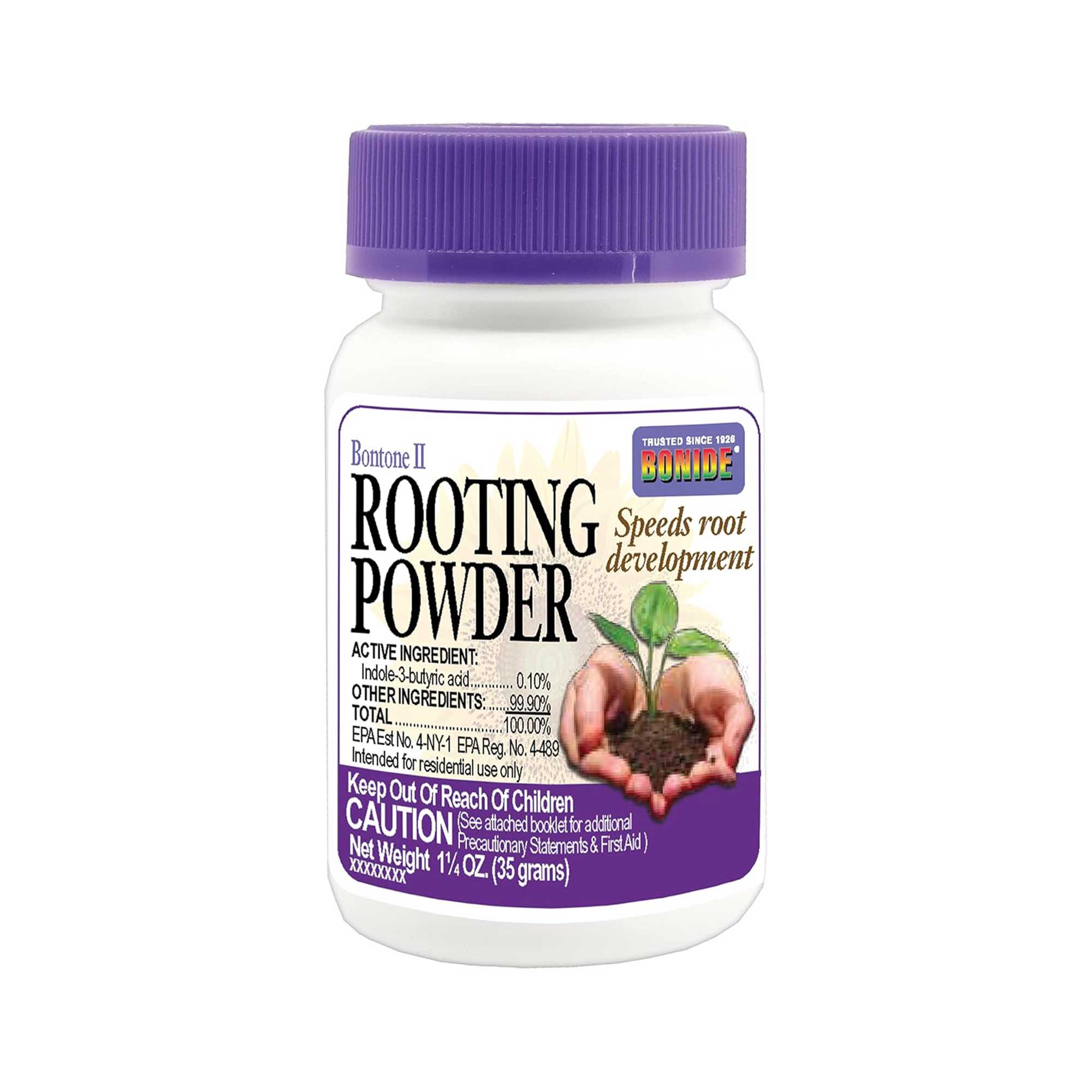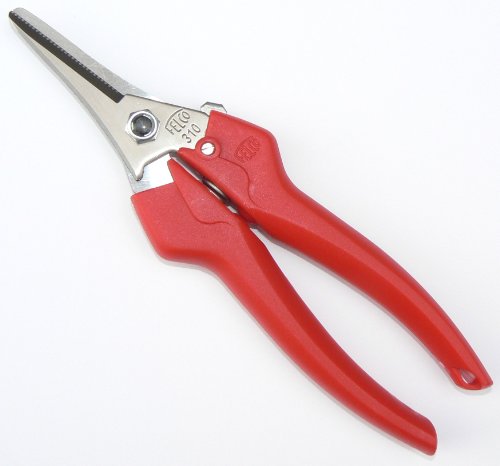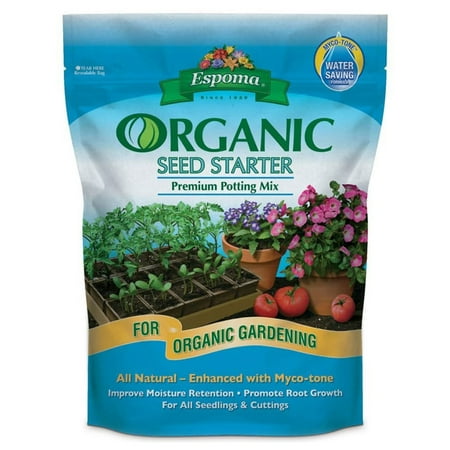How to take forsythia cuttings – August is the ideal time to take semi-ripe cuttings and grow more spectacular shrubs for free
Propagate more of your favorite shrubs at zero cost this summer

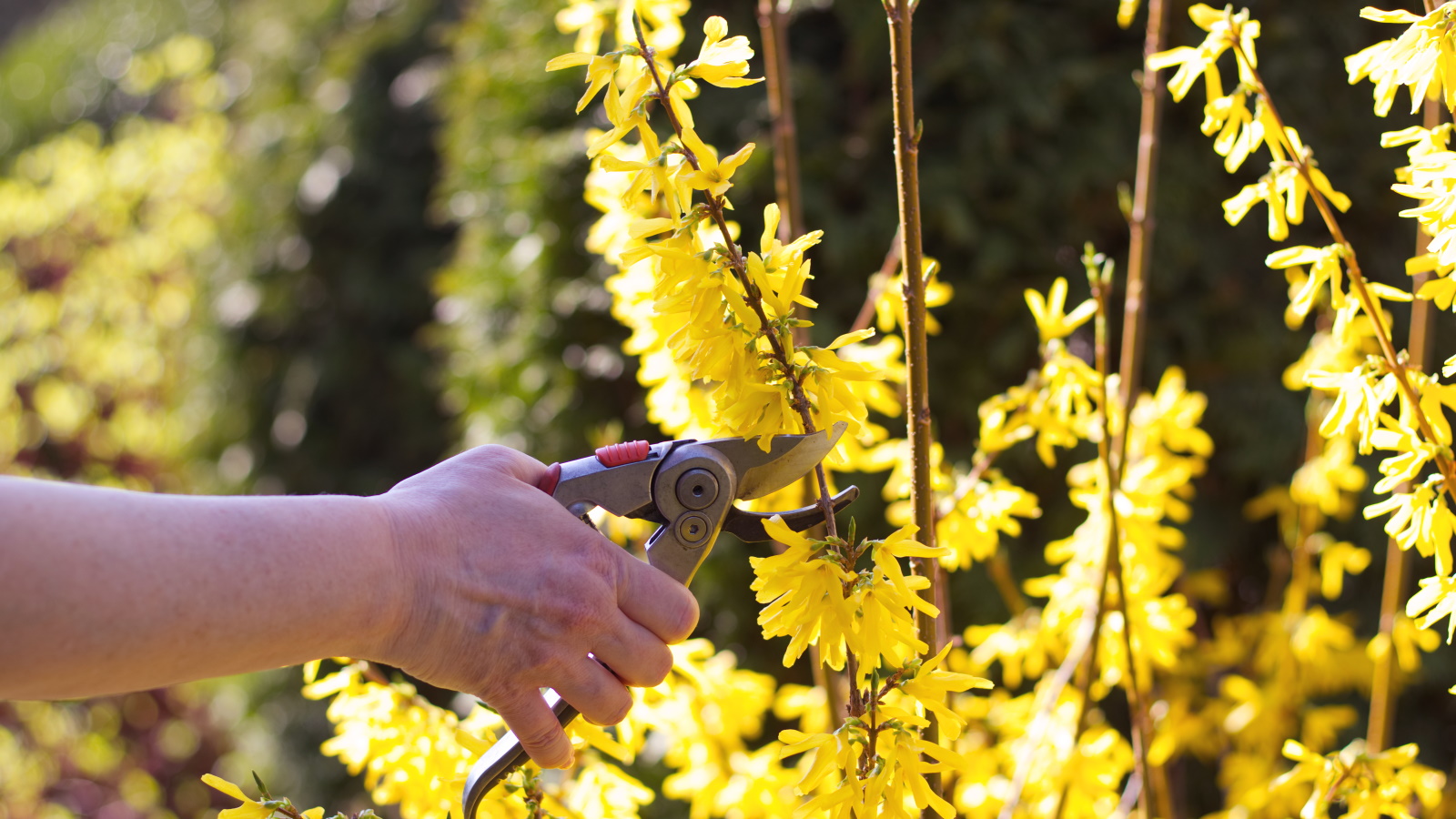
Learning how to take forsythia cuttings in summer is one of the easiest ways to double your shrub collection (at zero cost). While softwood cuttings can be taken in spring, when forsythias are producing plenty of fresh growth, semi-ripe cuttings can be taken anytime from midsummer, and August is a perfect time to do this.
I’ve grown forsythias for many years, annually pruning several large (and unruly) specimens grown as hedges in South Wales. And, while they do require a good trim every year after flowering to keep them compact, they are otherwise fuss-free shrubs that deliver high impact in spring. I mean, who wouldn't love that yellow pop of color early in the growing season?
So, if you already know how to grow forsythia and have one in your yard, whether growing as a statement shrub or as a hedge, why not also learn how to take forsythia cuttings this summer? Follow my simple step-by-step guide to take semi-ripe cuttings in the following weeks.
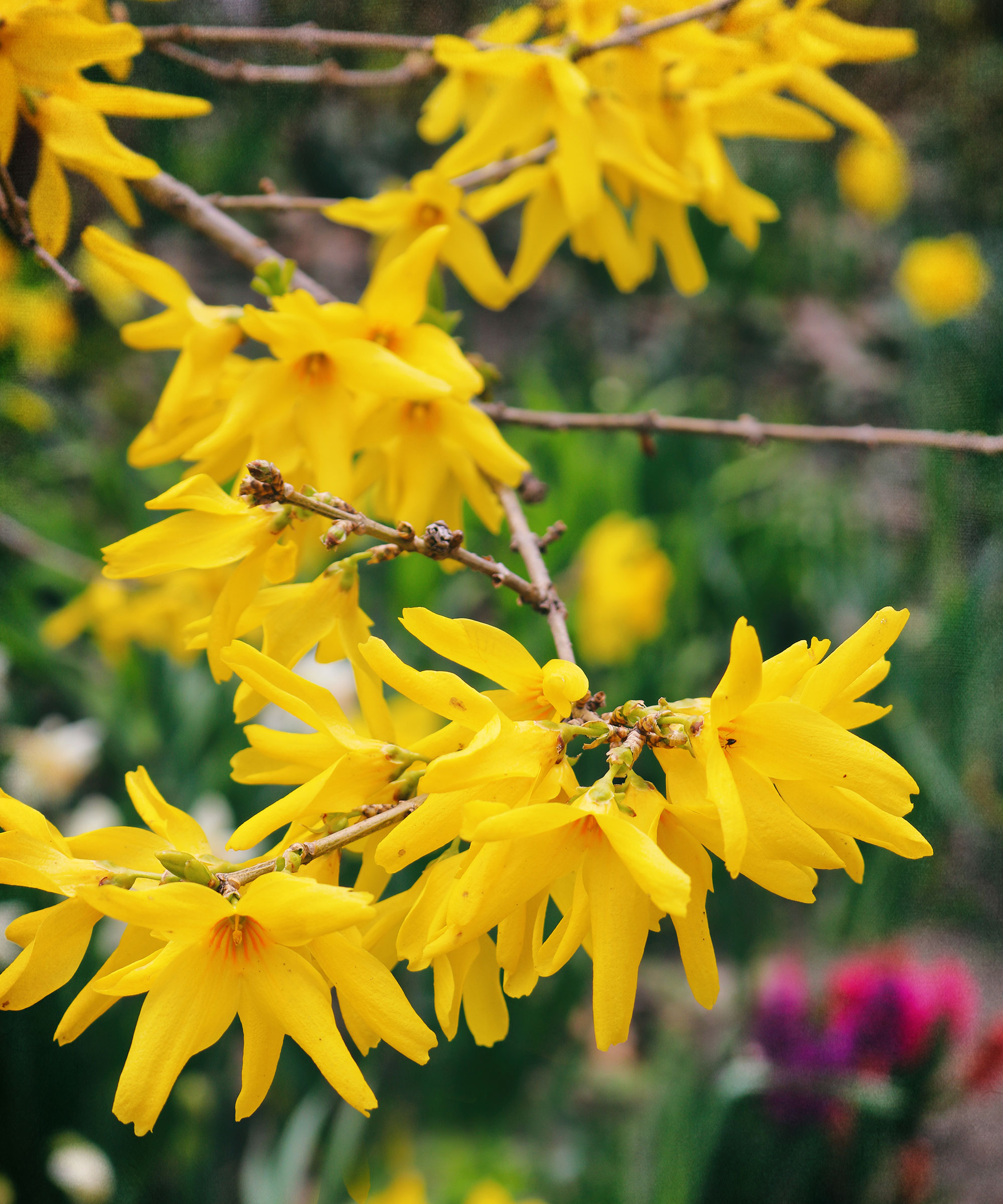
How to take forsythia cuttings
Native to eastern Asia, there are approximately 13 species of forsythia, most of which can be grown from zone 5 and zone 9.
There are even dwarf varieties, such as this 'Gold Tide' forsythia, with live shrubs available now via Nature Hills.
And, so long as they enjoy a good amount of sunshine, these flowering shrubs will put on a spectacular spring show.
Here's how to take forsythia cuttings during summer.
Design expertise in your inbox – from inspiring decorating ideas and beautiful celebrity homes to practical gardening advice and shopping round-ups.
When to take forsythia cuttings

In terms of when to propagate these flowering shrubs for full sun, semi-ripe cuttings can be taken during summer when the new growth produced this year is still flexible (i.e., bendy), but not fully hard. So, forsythia are best thought of as plants to propagate in August or September.
I would suggest doing this during a cool, mild morning, as plants tend to be more hydrated at this time of day.
While you can take cuttings at any time during these months, you probably want to avoid a day or week when there is a heatwave, which might stress the plant and result in propagation failure.
How to take forsythia cuttings
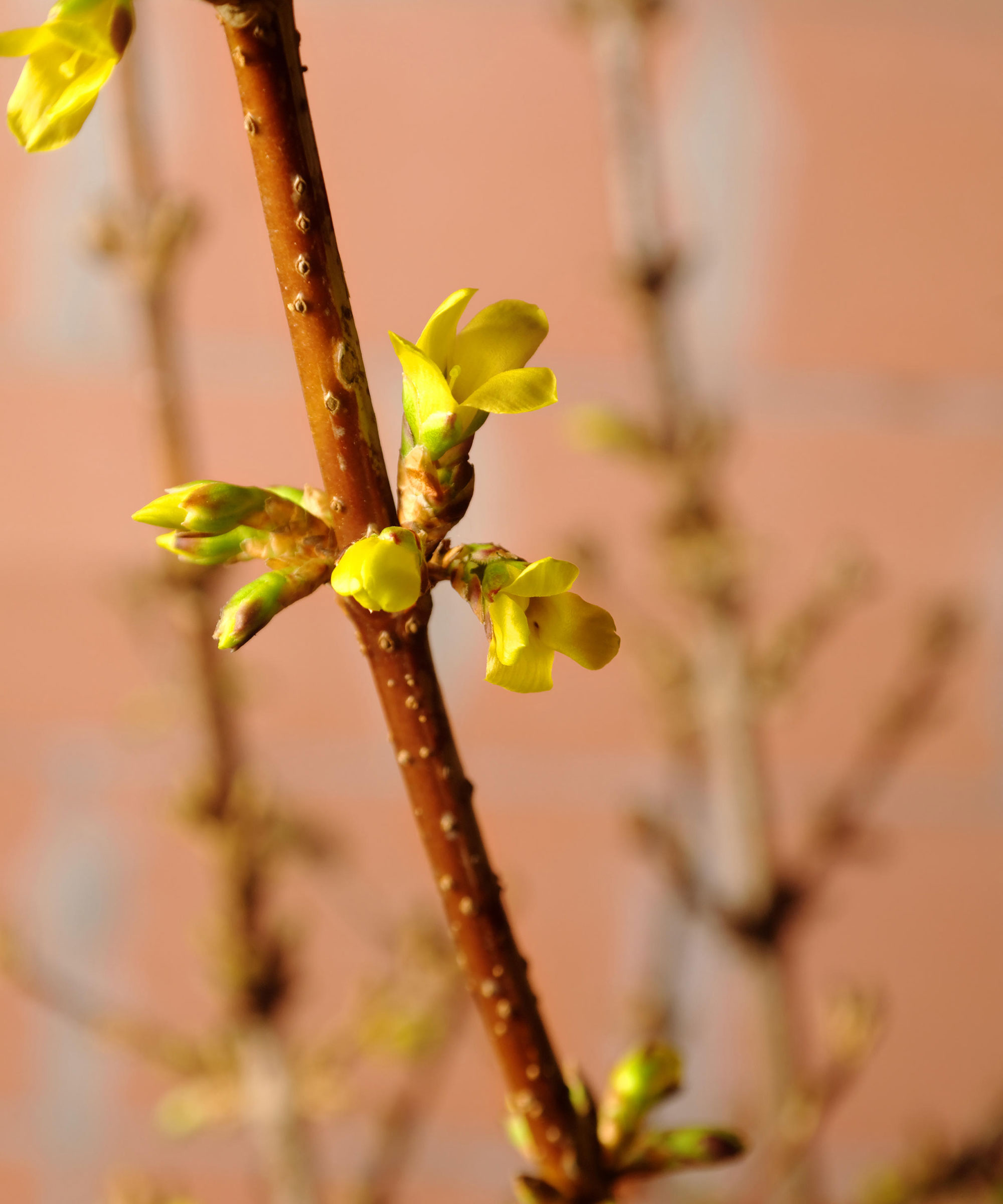
- Before you get cracking with your forsythia cuttings, you will need to source some clean, sharp tools, like these Fiskars snips from Walmart. Then, identify a handful of healthy stems on your shrub. While they are beautiful, you don't want any stems with yellow flowers. Simply snip six to eight-inch stems with leaves on, that are flexible but slightly hard, too, dropping them in a bucket of water as you work.
- Next, take your bucket to the potting shed. Strip the foliage from each forsythia cutting, leaving just one or two leaves at the top of each stem. Make the bottom cut diagonal, slicing just underneath a leaf joint, as this is where (with any luck) roots will grow from. You may find it easier to use a handy pocket knife for this, something like this Fiskars gardening folding knife, available from Walmart.
- While rooting hormone is optional, it can help with the development of roots for your cuttings. Simply dip the bottom inch or so of your cuttings in water, then in rooting hormone powder, available from Amazon, shaking the excess by tapping the cutting on the side of the pot.
- Then, you can plant the bottom of the cutting (roughly two or so inches) into small pots filled with well-drained potting mix. I find that adding a bit of grit to the potting mix is a good idea to ensure there is sufficient drainage. You can plant four or more cuttings in a single pot, but just be sure they aren't touching.
- Give your forsythia pot/s a good watering, either using a can or soaking from the bottom. Then, place them in a cold frame or greenhouse, ensuring they are not in direct sunlight.
- Monitor the soil every few days to ascertain whether you need to water. In August, the soil can quickly dry out, so regularly checking is a good idea.
- Of course, it varies from cutting to cutting, but you should hopefully spot roots within four or more weeks, at which point, you can carefully lift them and move the forsythia stems into small pots of their own. You can then wait until next spring or summer (or even the following year), when the cuttings are more established, to plant them out into the yard.
FAQs
Can I root forsythia cuttings in water?
Yes, you can root forsythia in water, although this is usually done during late winter, sometime around February. Winter is a good time for rooting hardwood cuttings in water, as the plant is not focused on leaf production at this time, so for those first few weeks, all energy will be focused on root development. Simply place a handful of six-inch stems in a vase, and with any luck, small white roots will appear in a matter of weeks.
There are many other plants to take cuttings from during summer, including honeysuckle and lantana. Just be sure to monitor their hydration, as small pots can quickly dry out during summer.
And, if your cuttings fail, fear not, forsythia plants are readily available and can be found in nurseries and online. Try this 'Lynwood Gold' variety, with live plants available from Nature Hills now.
Shop propagation accessories

Thomas is a Content Editor within the Gardens Team at Homes and Gardens. He has worked as a professional gardener for both public spaces and private estates, specializing in productive gardening, growing food and flowers. Trained in Horticulture at the Garden Museum, he has written on gardening and garden history for various publications, including The English Garden, Gardens Illustrated, Hortus, The London Gardener and Bloom. He has co-authored a Lonely Planet travel book, The Tree Atlas, due out in 2024.
